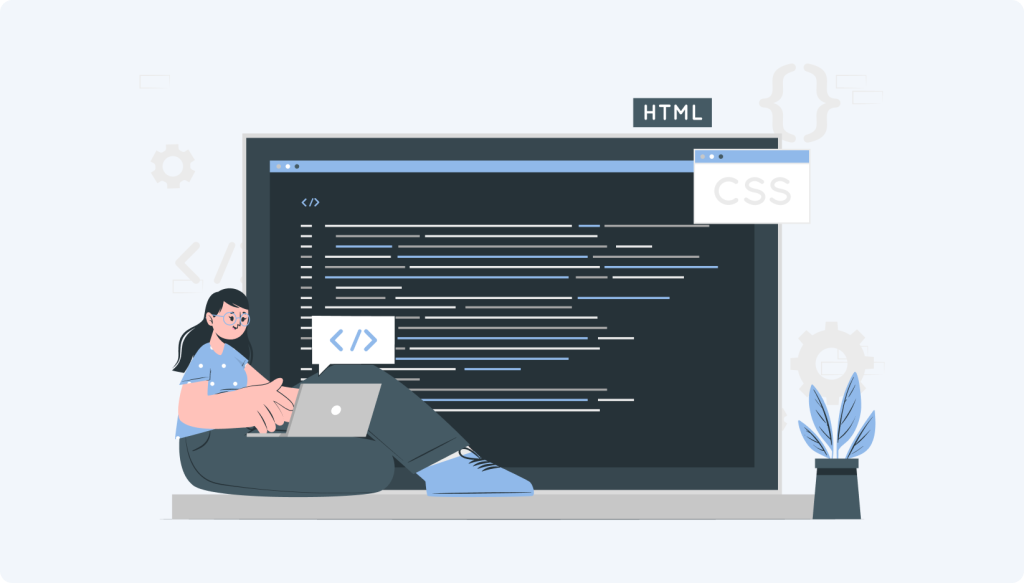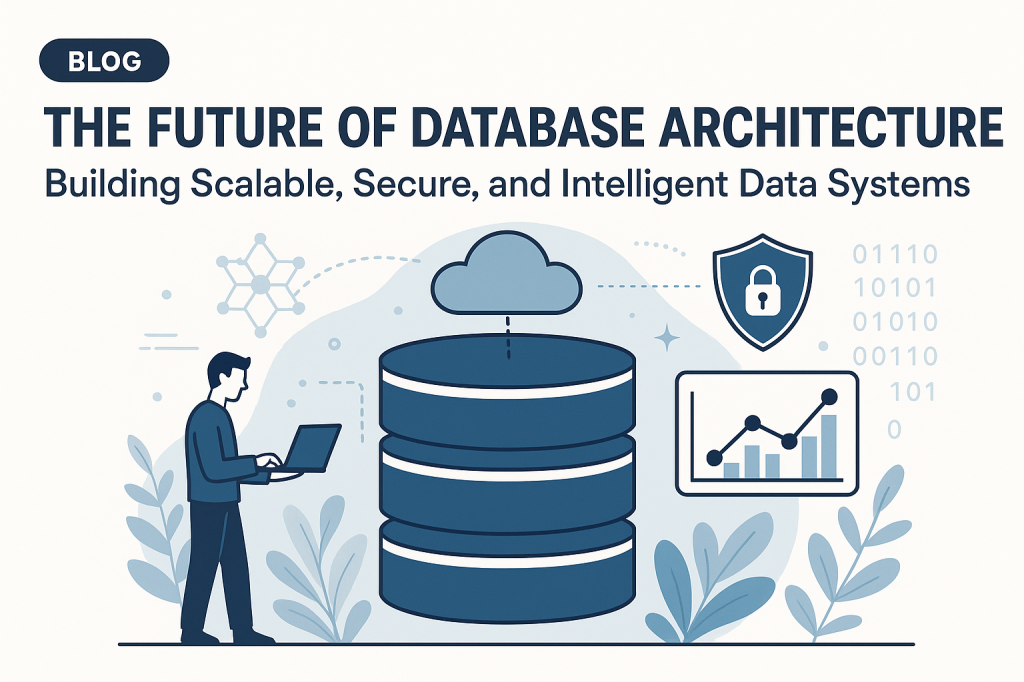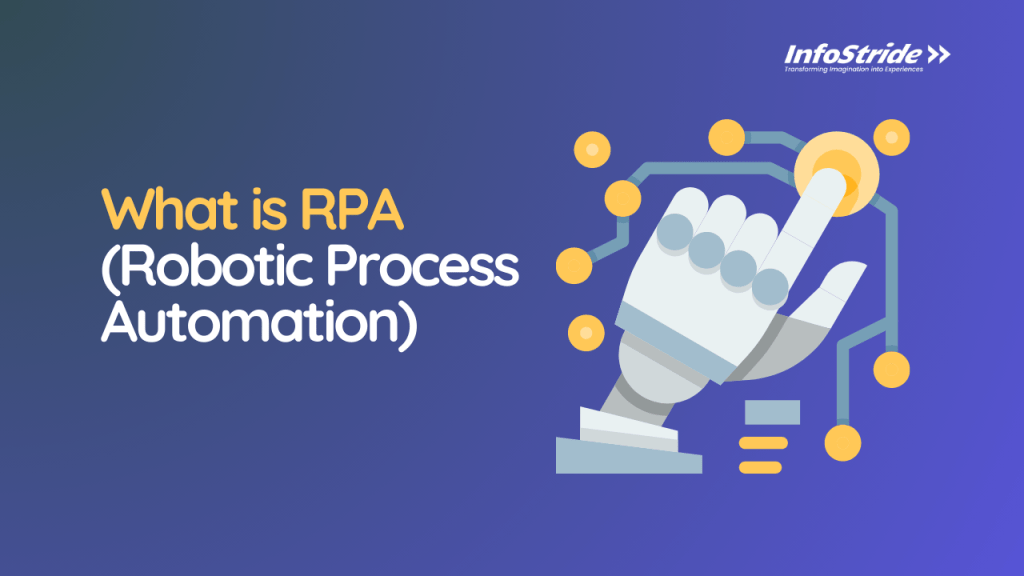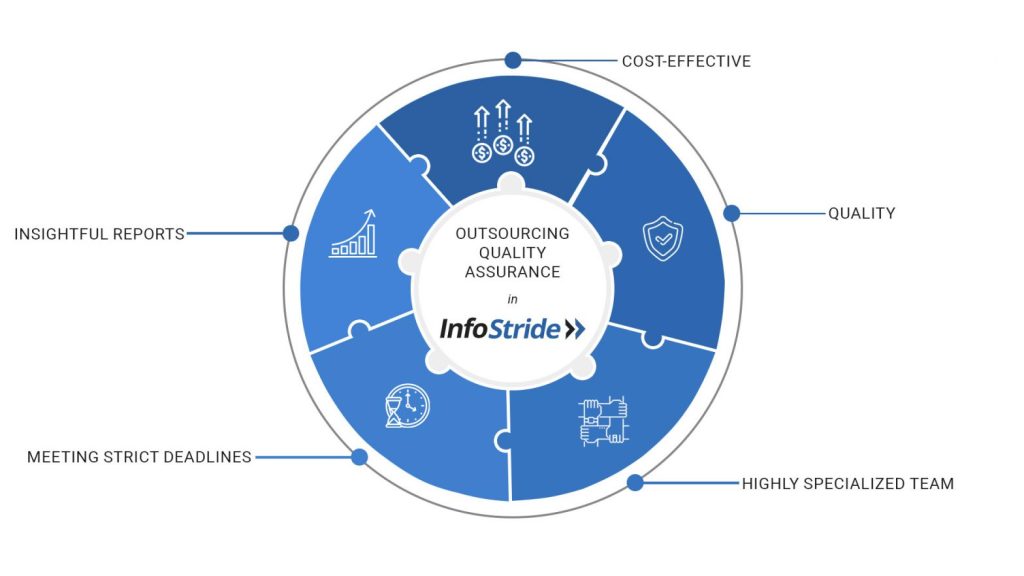Full-stack development is one of the fastest-growing fields in the technology era.
According to the U.S Bureau of Labour Statistics (BLS), full-stack developers are expected to witness a 27% growth by 2024.
A “full-stack developer” is someone who understands how to program every layer of a computer, from the basics of server processes to back-end programming, database architecture and front-end design.
So, startups and SMBs who want to digitize their products and services look for full-stack developers rather than assembling a team of developers with expertise in different skills.
Whether is to drive the top software performance, diagnose a tricky situation that requires the assistance of the best specialists or just want to quickly hack the way to MVP, full-stack developers are the best resource to engage for companies of all scales & magnitudes.
To learn more about what full-stack development is and the skills needed for a full-stack developer, continue reading.
What is Full Stack Development?
Full-stack development is the combination of technologies that developers use to design, build and run applications. It can be described as the process of developing both client-side and server-side of applications.
- the client-side, also known as the front-end part of the application, is a visible portion of the application that users see and interact with directly.
- the server-side, also known as the back-end part of the application, is everything that’s invisible to users.
So, developers with expertise in full-stack development are expected to handle both sides of an application.
Why Do Companies Prefer to Hire Full-Stack Developers?
Here are some of the primary reasons why companies look to hire full-stack developers.
Thrift in Development
As per the Stack Overflow Survey, a whopping, 46.82% of developers have become full-stack developers due to their high demand in the IT industry.
Full-stack developers know both front-end and back-end, which reduces the cost spent on hiring individual developers. A full-stack developer is a package of all of them. Thus, the demand for full-stack developers is skyrocketing day by day.
Accountability on Single Developer
Full-stack developers take on greater responsibility and are more productive.
A full-stack developer can work on both the client-side and the server-side of an application. That way, developers have more control over building applications.
Tasks related to integrations, updates, front-end and back-end coordination and meetings with potential customers – all fall within the scope of the full-stack developer role. Thus, it becomes hassle-free when it comes to changes in requirements or new additions.
Client Contentment with Accelerated Project Delivery
Synchronizing with other teams can be a challenging task.
In the case of a full-stack developer, dependency on other experts is very low as one developer oversees everything which speeds up the development cycle and helps deliver projects faster.
Full-stack developers know how to get results faster with a toolkit that represents some of the most efficient tools in the industry, working smarter and faster. It translates into a high level of client satisfaction.
Extensibility & Versatility
Full-stack developers with multidimensional capabilities can work on a wide range of software projects and solve many different problems. Moreover, they can intervene anywhere in the development spectrum to deliver end-to-end solutions.
Today, tech companies highly appreciate versatility across the stack, resulting in time to market.
What Are the Skills Needed for a Full Stack Developer?
Full-stack developers should be an expert in various technologies to successfully engineer both the client-side and server-side of an application. Below are the most essential full-stack developer skills:
Front-end Development
As mentioned above as well, front-end development means building the visible portion of an application that users interact and engage with directly.
The front-end acts as an interface between the end user and the web application. Thus, front-end developers design and develop user experience elements for web applications such as buttons, menus, pages, links and graphics.
Some crucial responsibilities of a full-stack developer in front-end development are:
- Website Maintenance and Maximum Speed Optimization
- Receive feedback from users and customers and develop solutions for them.
- Create high-quality models and prototypes
- Ensures high-quality graphic standards and brand consistency
To build the front-end part of an application, full-stack developers should be an expert in essential front-end technologies – HTML5, CSS and JavaScript. The knowledge of other front-end technologies such as jQuery, Angular and ReactJS is good to have.
Backend Development
Back-end development means working on the server-side part of an application that focuses on everything that users can’t see.
The back end consists of three primary components:
- The server – it is a computer that receives requests and responds with the requested data.
- The app – it is an application running on the server that listens for requests, retrieves information from the database and sends a response to the end user.
- The database – it is used to organize and persist data.
Some crucial responsibilities of a full stack developer in backend development are:
- Participate in the entire application lifecycle and focus on coding and debugging
- Write clean code and develop functional web applications
- Manage cutting-edge technology to power legacy applications
- Create reusable code and libraries for future use
- Stay on top of emerging server-side technologies and frameworks
To build the back-end part of an application, full-stack developers should be an expert in at least one server-side programming language like Python, Java, Node.js, Ruby, .NET, PHP and others. And of course, the knowledge of more than one back-end technology is desirable.
Database Management Systems
Database administration or data management is the process of planning database models, gathering data, analyzing requirements, planning database models, designing and functioning databases and implementing operations on systems.
Oracle, MySQL, Microsoft SQL Server, PostgreSQL and MongoDB are some of the popular DBMS. It is expected that full-stack developers should have a good understanding of their functioning.
Cloud, Hosting & DevOps
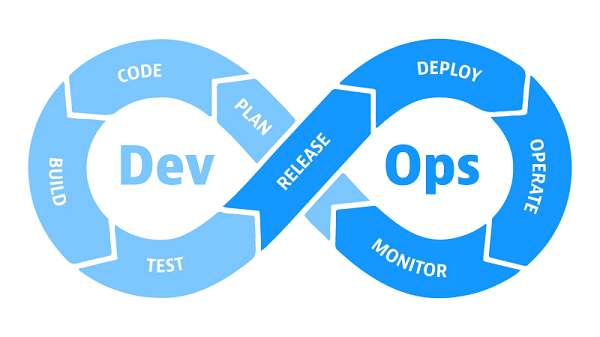
DevOps is a combination of cultural philosophies, practices and tools that improve a company’s ability to deliver applications and services at speed. DevOps gets your product ready for production.
Do you know what the world’s leading technology companies like Meta, Amazon, Netflix and Google have in common?
Apart from their success, they all use a method called DevOps in the delivery of their projects to increase their efficiency.
How Much Does It Cost to Hire a Full-Stack Developer?
According to ZipRecruiter, the average annual salary for an entry-level full-stack developer in the US is $58,040. An intermediate-level developer makes an average yearly salary of $97,500 a year and an experienced developer makes $116,504.
Even Indeed points out that the average yearly salary of a full-stack developer in the USA is $101,035 and £56,034 in the UK.
Conclusion
Full-stack development is the field in the technology era that will continue to thrive.
Having full-stack developers on the team eliminates several problems that arise in the software product development process such as inefficiency and poor communication.
If what you need is pre-vetted full-stack developers to kickstart your project, don’t worry.
You can hire skilled full-stack developers at InfoStride today!
THE AUTHOR
Infostride
